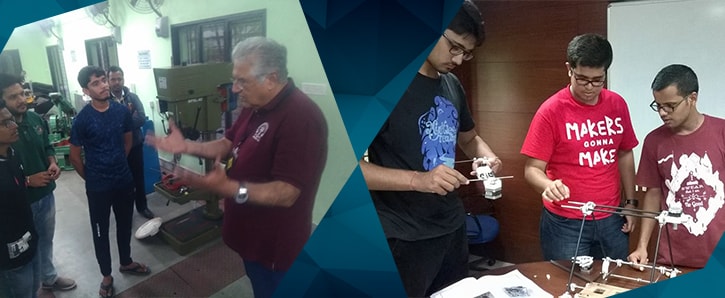
The art of tinkering
Summer is always a busy time at the M.N. Faruqui Innovations Centre. Established in 2014, the Centre is named after former Deputy Director and former faculty, Dr M.N. Faruqui, and seed-funded by the Institute’s distinguished alumnus Mr Arjun Malhotra, was conceived as a place where fresh undergraduate students could work, chat, discuss, and get hands dirty in the mechanical workshop or the wet lab setups. Students, even first year students, are encouraged to bring a project idea, have it ratified by some faculty, mentors and experts and then just begin experimenting to heart’s glory. And they have, unfailingly. Prerit Gupta…
